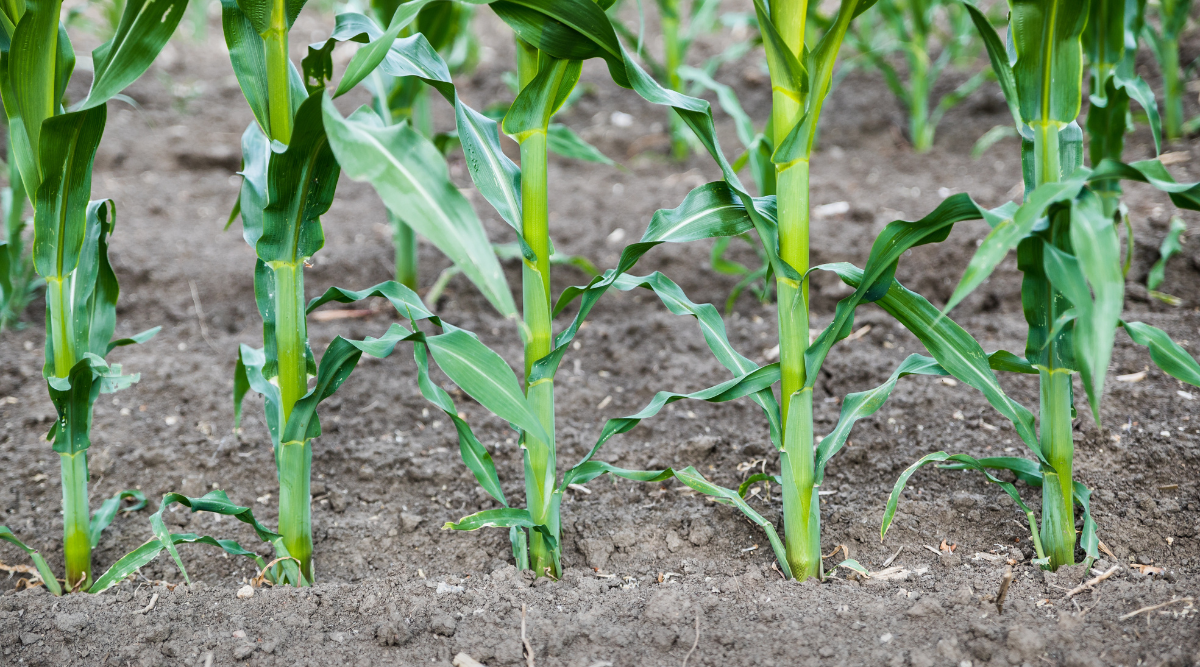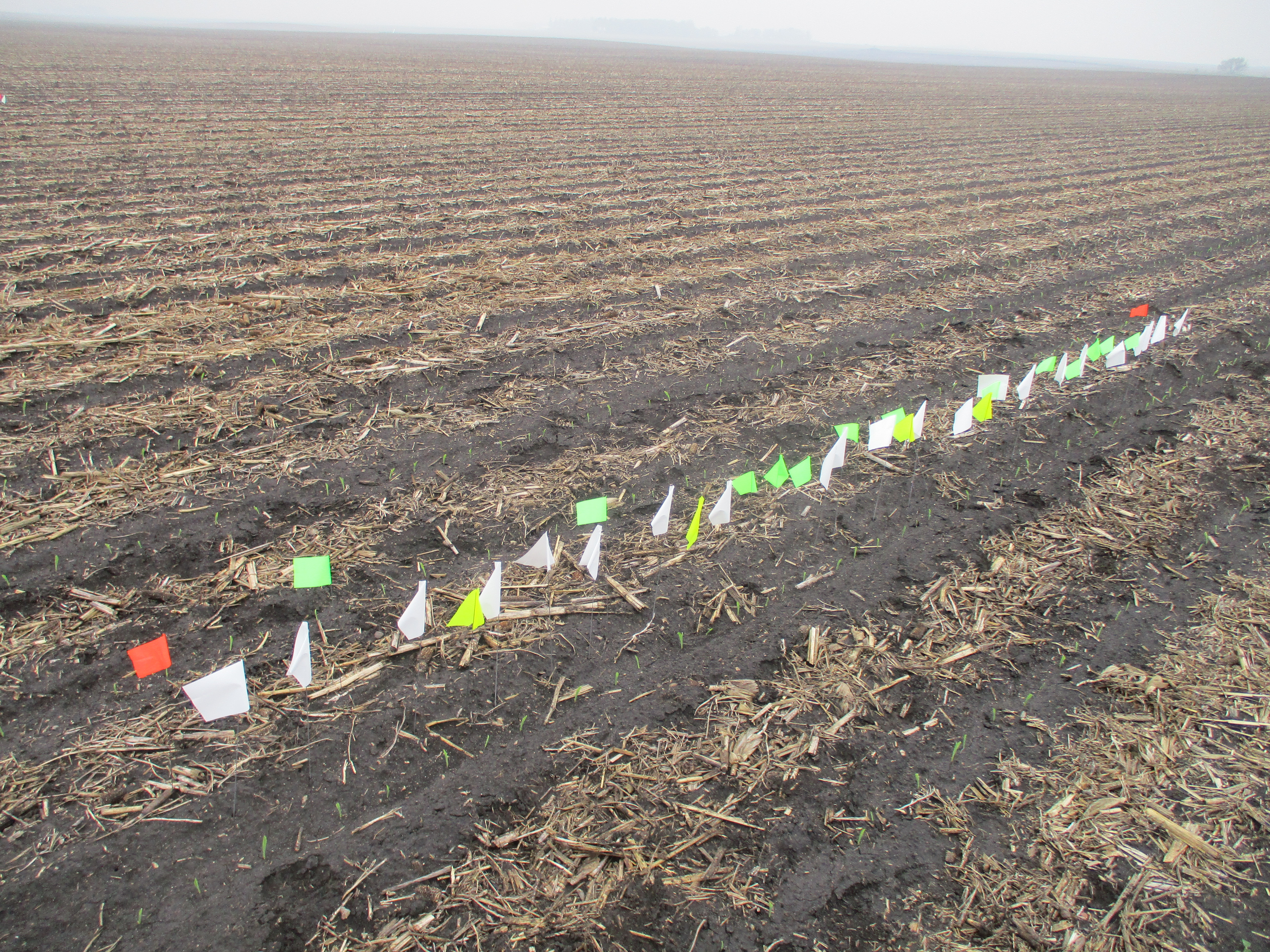Emergence Testing in Corn: Ensuring Precision Planting and Optimal Yield

Inter-plant competition significantly impacts corn yield by limiting moisture and nutrient availability. Precision planting and even seed spacing are crucial for optimal emergence and growth. Regular field observation and emergence testing help evaluate planting equipment performance and ensure consistent crop development.
Inter-plant competition is one of the largest detriments to yield potential that a crop faces during the course of the year. Competition for valuable moisture and nutrients between roots limits plant growth potential and results in an inefficient use of resources as well as a reduction in yield. In terms of sensitivity to competition, corn is among the crops most affected with its robust root system and large plant biomass. Unveven emergence results in a reduction in the consistency and size of corn ear production and subsequently results in yield loss. This sensitivity places a greater premium on precision placement during planting to ensure seeds are spaced as evenly apart in the row as possible while also reducing the number of skips and doubles that occur.

Determining the evenness of emergence of a plant stand is an important step in evaluating a corn crop. While many different environmental factors can affect how evenly a crop emerges, in ideal conditions emergence is a strong indicator of planting equipment performance. After seeds are spaced evenly apart in the metering system, known as seed singulation, it is very important to maintain that singulation from the meter housing to its final placement in the ground. Once planting is completed, regular observation of the field is required to prepare for emergence testing evaluation.
The video below explains how to conduct emergence testing in a corn crop:
Accept Cookies to Continue
You need to accept cookies in order to view this feature. Click here to change your consent.